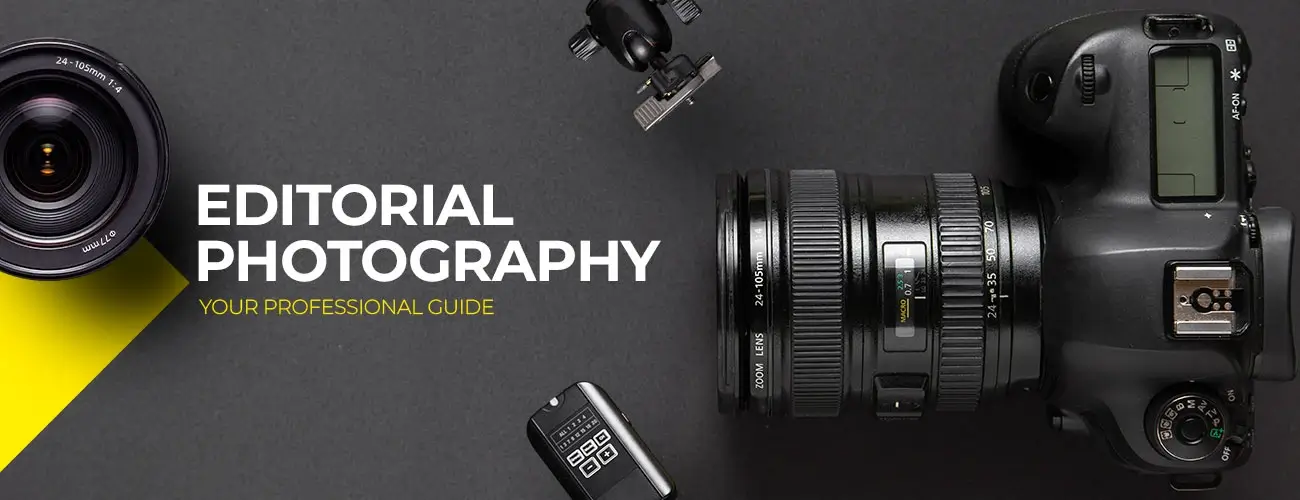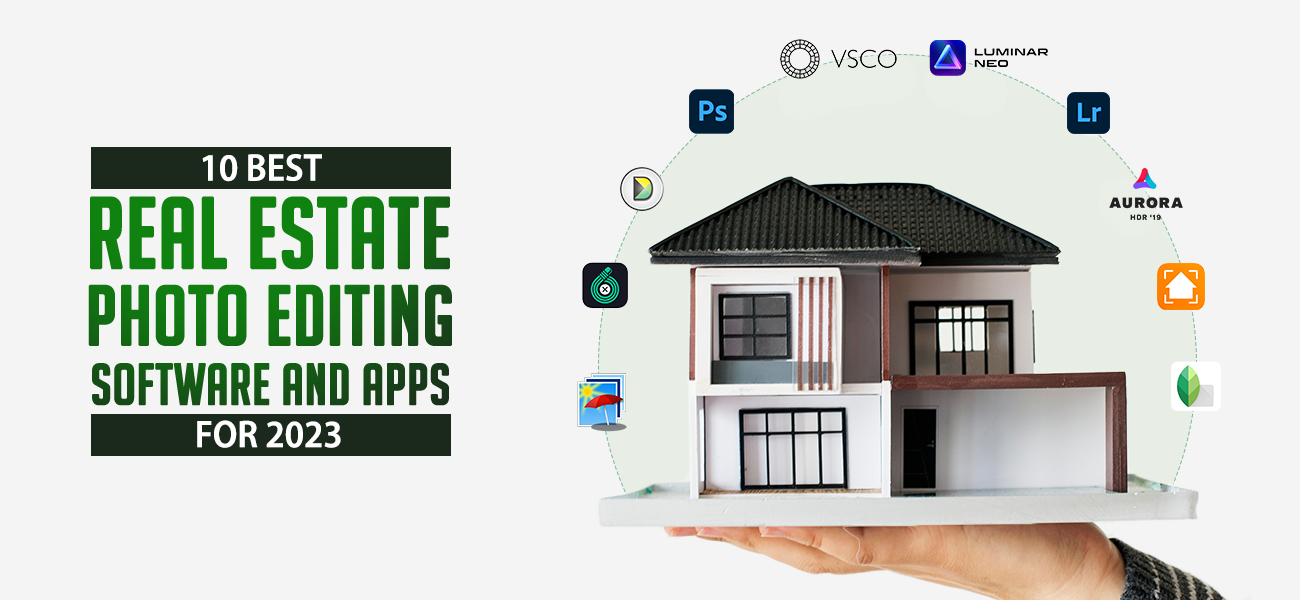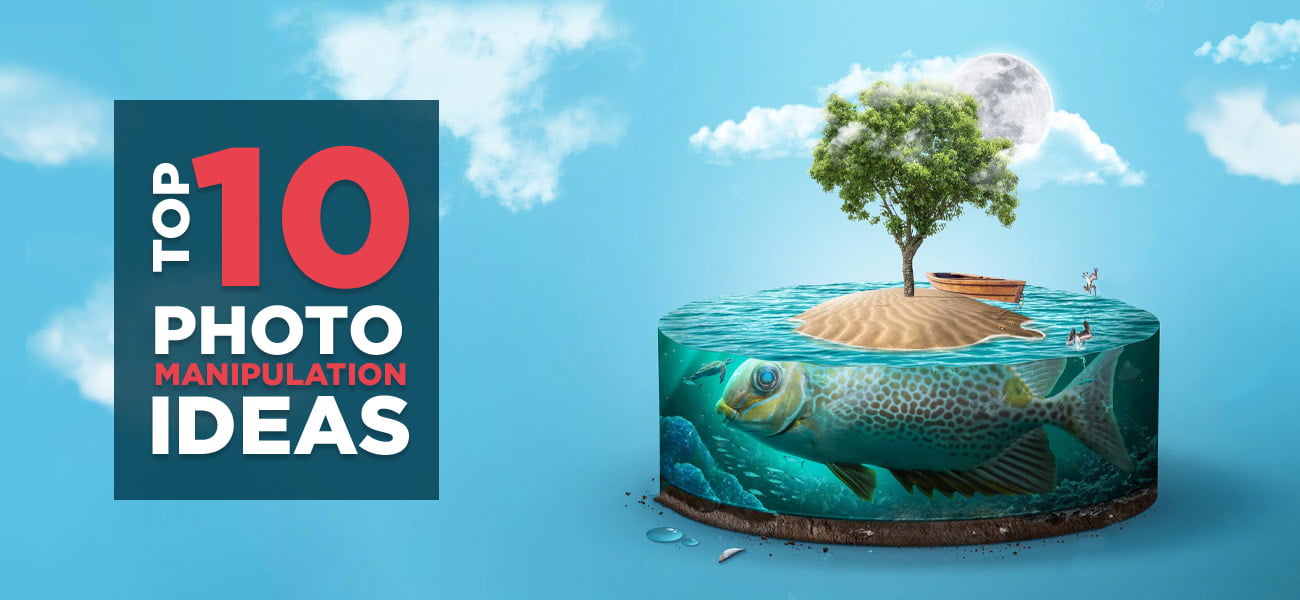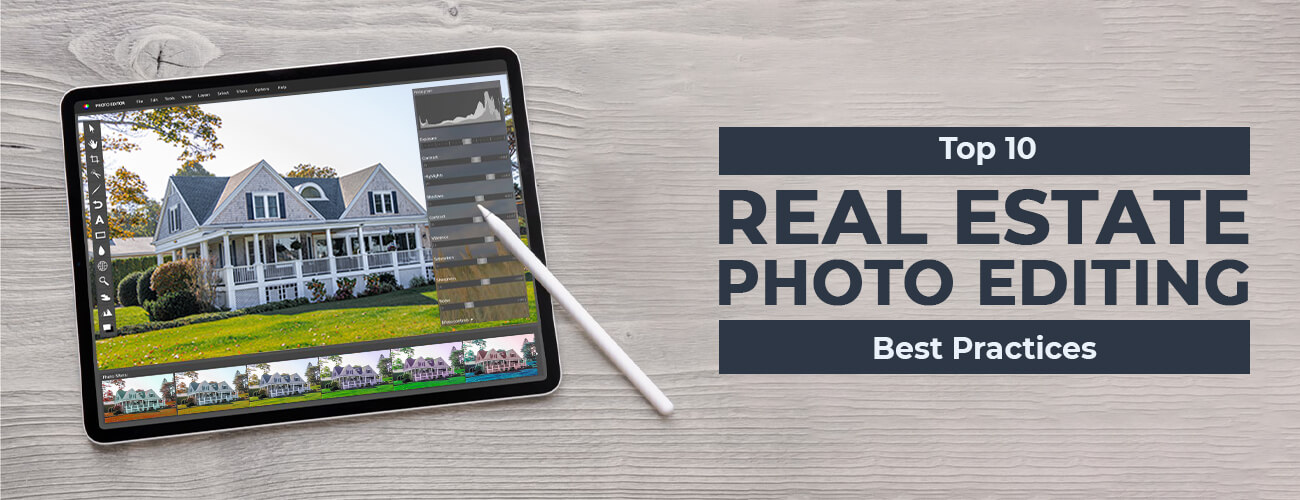Many types of photography are in practice today. But, there’s one specific form that helps photographers explore their creative sides without any limitations. Yes, you guessed it right. It is editorial photography.
This type of photography has no constraints like commercial photography. It helps the professionals to deploy all the tools at hand to create a story-telling image. In this article, we will explore all about what editorial photography is and its importance in 2023.
What is editorial photography?
When you flip through the pages of a magazine and stop at something attractive, you are probably looking at an editorial image. It could be anything like food, pets, or models. Editorial images are hard to ignore and are often eye-catching. It has the potential to grab the attention of a casual reader and make them read the entire content.
So, basically, when you create images for magazines, newspapers, periodicals, then it is editorial photography. But, don’t confuse it with photojournalism. Both aren’t the same.
In editorial photography, a photographer creates images that reflect the essence of the written text. The subject of work for the photographer could be conceptual or real-life imagery. To understand their differences better, move to the next section.
Difference Between Photojournalism and Editorial
The difference is a bit vague. But in general, editorial images help to express a story and engage the readers. It has nothing much to do with the brand.
The photographer creatively composes the editorial images than photojournalism. The print media imposes some restraints on the post-processing methods for photojournalism images. These rules do not apply to editorial pictures.
Difference Between Commercial Photography and Editorial
Both have the same purpose but different goals. They are designed for print and online media to engage the audience.
Commercial photography is more involved with product or service promotion. The best examples for this category are branding, ad campaigns, product promotions. Their goal is to sell more.
Editorial photography expresses and engages the readers. It is more of adding a visual element to a story in a magazine or other print media. Their goal is to deliver a concept and does not involve branding.
How Do Editors and Photographers Work?
First, the editor gives the project brief to the photographer. Then the photographer decides on the image type that suits the story of the writer.
Editors are well aware of the project’s needs. But the photographer has more creative freedom to experiment with different styles.
The photographer first understands the story and then chooses the style. It can be Portrait photography, Fashion photography, or Documentary photography in different locations. Here, the creative options are boundless.
You cannot pinpoint one fixed style for the editorial. Many top magazines deploy various photography genres for their written content.
The editor creates a brief that narrates the concept and the needs of the client. It will be the deciding factor for choosing the style of the images. A face-to-face interview needs portrait photography. But a political event needs a realistic one.
Some photoshoots call for well-designed studio sets for the background. For candid shots, the professionals prefer real-world locations.
The models play a crucial role in any photography style. Here, the artists dress up by the shoot style and story.
The publishing company for which the photographers work also influences the style.
All publications want their print copy to be the best. So, it is a must to make the imagery match the tone of the article. Besides, the photography style should make good connections with the story. To create great connections, you can trust our best portrait photo editing services.
Now, let us see some important aspects of editorial photography in detail.
Different Aspects of Editorial Photography
Role of the Brief in Editorial Imagery
The process starts with editors giving a brief of the concept to the photographer. The photographer has the freedom to pick the theme but not every time. Based on the story narrated by the editor, the photographer starts to create the images.
This scenario may vary, where the photographer creates the images and drafts the text. These materials get sold to the publication that later gets printed. It is a common trend found in travel photography and photojournalism.
Regardless of whether the theme gets assigned or not, the purpose remains static. So, a photographer has to stick around the brief and make sure the images reflect the story.
The photographers of this domain should be professional and open-minded. They have to use their creativity to overcome the restrictions in the print media.
Going through the Brief
Briefs are not simple as they sound. If the subject topic is apples, you may think about taking pictures of some fresh apples in the market. However, professional photographers don’t have the same kind of thought process. They have to think from a different perspective.
So, what do professional photographers do when they get the brief. They ask themselves a few questions like,
- What is the written article trying to say about apples?
- How can it be expressed through editorial photography?
- What role does apple play in the content? Is it the rogue or the hero?
- What does the apple denote in the context, whether it signifies the epitome of healthy living?
By reading these questions, you can easily guess that it is a food editorial brief. But in reality, a brief is something more than that. Editorial photographs can portray the culture, lifestyle, and cuisine of a country. And, a cuisine can potentially convey the history of a nation or even a personal story.
Hence, the photographer has to go through the brief thoroughly to have a clear meaning of the topic. The purpose of editorial photography is not to sell but to tell a story.
Conceptual Thinking is a Must
Conceptual thinking is to theorize or know the why behind the concept or project. Fashion photography is a fine place to get to learn and discover more in an editorial style.
We can take the catwalk, for instance, in the fashion industry to understand better. You might have seen the models walk off in style on the ramps wearing clothes that seem a bit funny. You might also wonder whether these clothes even have any practical use.
But the designers do not display their custom-made clothes for sale. They are delivering some concepts that become a style statement in high-street fashion.
Today, the fashion industry does not rely on conventional forms of advertising. Many top brands do not even use logos for their editorial fashion photography. Now, their focus is not just on clothes but on lifestyle. Many fashion photographers often take the help of fashion photo editing services to develop great visuals.
Let’s take the help of another instance to get you to understand fashion editorial photography. If you glance through a copy of Vogue, it may contain lots of ads but without the price tag attached. It might make you struggle to search for the brand name. But the editorial imagery proves to be more influential. Sometimes you can find the collages of many brands in a single image.
This trend does not belong to the food and fashion sector alone. The editorial photographer needs to have high conceptual thinking irrespective of the brief. Are you a freelance photographer? Then help deliver great visual results.
Role of Pictures in Editorial Photography
A picture can speak more than words. This simple statement accurately conveys the meaning behind editorial images In this domain, the photographers express their stories via powerful visual images. It delivers all minute details with precision. When the magazine needs only one photo, that particular one has to do all the expression.
However, photographers do have to avoid some stereotypes. If the topic is the Taj Mahal, the photographer could use a Mughal restaurant for the shoot instead of recreating the entire structure of the Taj Mahal.
When one sees this architecture, it will remind them of the history related to that monument. As a result, it will make people time travel to that era.
The same applies to the locations as well. Specific scenes can re-kindle the memories linked with cultures or lifestyles.
Budgets and Incomes of Editorial Photography
The editorial images lift the photographer’s portfolio but are not lucrative. The budget for commercials and editorial varies to a great extent.
Editorials have smaller budgets than commercials when it comes to ad campaigns. As a result, it will limit access to the studio and props for the photographer and can impact his creativity.
Small budgets will also mean fewer fees for the photographer. Apart from minimal monetary benefits, the photographer earns the opportunity of talent exposure. It can be the roadway to something great in the future.
Essential Gears for the Editorial Photography
Depending on the location and shoot style, photographers have to assemble the gears.
A full-frame DSLR Camera with high-quality lenses works well for editorial photoshoots. They can deliver superior images for publication.
The photographer must also have a clear picture of the sets before they enter the studio. So, the lights and props arrangement has to be done before the shooting starts.
Many shoots might need the photographer to carry a tripod. Tripods will deliver more exposure to the photos during poor lighting conditions.
Prep for Editorial Images Photoshoot
The professional photographers always need to pre before the photoshoot. They need to plan a day before the shoot starts. It will help them to get things ready for that big day. Due to time limits in the design studio, this becomes essential to get the required number of shots.
Preparation helps to succeed. All team members should have a clear idea of the concept. It thus helps everyone work systematically on receiving instructions.
More people on sets like hairdressers, costume designers, makeup artists, models can create chaos. So, the photographer must have control with a proper plan in hand.
If it is an outdoor shoot, there are some transportation matters to consider. As for the weather condition, you cannot expect things to work the way you need them to.
Regardless of whether it is a documentary or candid style of shoot, preparation is the key. If the photographer is unsure about the concept, he will fail to capture the pics for the client or company.
Licensing
The licensing for commercial and editorial photography is quite different. An editorial photographer’s license cannot be used for commercial purposes. Even the editorial company for which the photographer works cannot re-publish them.
Editorial photographers do not need model release forms. These model forms are essential only if one plans to use the photos for commercial use.
If a photographer acquires a license for the editorial photos, he can later use them as stock photos. Now, the publication can go to the website and use those stock photos for theirs needs. It is not possible to use commercial pics in this manner.
The following section is a stepwise guide that shows how to create editorial images.
Guidelines to Create Editorial Photos
Step 1: Decide on Story or Concept
Determine the story you want to deliver through the photographs. It is the foundation for your entire photoshoot. You can pick from culture, cuisine, politics, lifestyle, political events. The choice is endless. Else, you can go for an emotion-based concept.
Step 2: Visualize Story with Mood Board
After choosing, the story or concept, jot them down on a mood board that helps you visualize things. It helps you find inspirations and aesthetics for your photoshoots.
The mood board helps not only the photographer but all the members who are working on the project. There are no pre-written rules to create a mood board. So, design them according to your requirements.
Step 3: Decide on Models to Cast
The mood board also helps you decide on the type of artists you might need for the shoot. The first thing to consider while picking the artists is to check whether their appearance matches your vision. When you are a professional photographer, you have the privilege of working with famous actors, actresses, and models.
Step 4: Get the Team Ready for Work
The team that you have chosen depends upon your story and production budget. When working on smaller budgets, one must fix the roles for the project.
The hairstylists, costume designers, makeup artists, camera assistants are not the same for every shoot. It is possible to capture great shots even with a small team. Being aware of the requirements and planning helps to achieve better results.
Step 5: Finalize the Location
What is your story or concept? The answer to this question helps determine whether it is an indoor or outdoor shoot. If it is an indoor shoot, look for a studio that offers the best space at affordable prices.
If you chose outdoor, then consider the weather conditions, transportation, and other permits.
Step 6: Choose the Stylists
Styling is a significant part that helps you use the visual elements to tell the story in a better manner. When your theme has more to do with culture, then wardrobe and hairstyling have to be perfect. So, it is wise to hire professional stylists if your budget allows.
Step 7: Action on the Sets
All the steps we discussed earlier are more focused on preparing for the photoshoot rather than the actual shoot. Do you know why? It is because here in editorial prep is the key to success.
During the live photoshoot, believe in your instincts and follow them. You are the creator here, so be prepared and lead your crew in the right direction. Make use of mood board, music, and your communication skills here to the greatest to lift the spirit of the set.
We hope this article has provided some insights into this editorial photography style. If you’re ready to start exploring your inner creativity, then editorial photography is the right place for you to excel as a photographer.
If you have busy shooting schedules and find it difficult to edit photos by yourself, then you can try our photo retouching services. Our photography editing company has been in the industry for years and can offer support for all styles of photography, be it fashion or product photography editing. So, visit our website to find more information on our services or directly fill the online form to have a detailed discussion.




